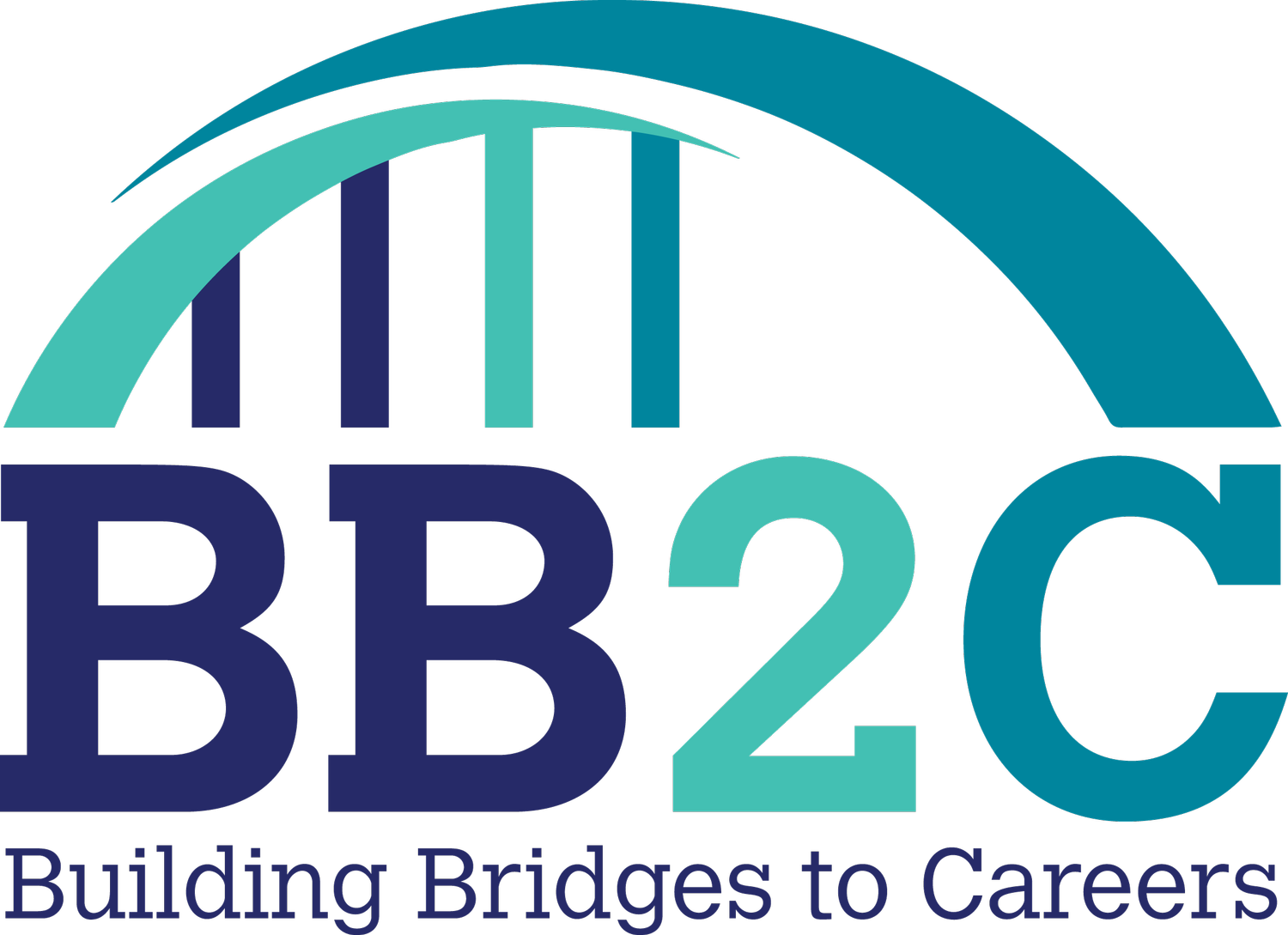Real-World Problem-Solving
Payton Brooker, BB2C Marketing Intern & Heather Miller, BB2C Communications & Engagement Coordinator
PROBLEM: At PCC Airfoils, molding metal parts requires the use of an air hose spraying metal shavings to remove the ceramic mold. Over time, the metal shavings cut into the gloves the employees wear as they hold the ceramic-covered part and remove the excess molding. How can the company save money on the gloves required for this process?
PROBLEM: Christy Catalytics needs to find new ways to engage workers to decrease attendance issues. What can they do to positively impact their workers' experience to increase attendance and retention?
SOLUTION: It’s up to you!
How would you recommend these companies go about solving the problem they have? That’s the question middle school students at Crooksville were asked this past spring. 8th graders in Mr. Hill’s and Mr. Pontious’ combined math/science classes ended the school year critically thinking, problem-solving, and communicating their ideas back to the companies.
The classes were able to connect with their local Perry County businesses through BB2C’s Real World Problem Scenario (RWPS) program. The educators met with the business representatives to explore real-world problems the businesses were facing. They worked together to refine each problem and bring them back to the students. The morning class received PCC Airfoils’ problem around the cost of gloves. The afternoon class received Christy Catalytic’s problem around attendance and employee engagement. Students had free rein to think innovatively about how to solve the problem they were given.
Trevor Reed and Shelly Dodge from PCC Airfoils returned to hear from a dozen different groups. Solutions proposed by students included:
Testing a variety of different gloves to see if they would save the company money
Shrinking the nozzle size to allow for more accuracy and less wear on the gloves
Investing in a robotic arm to hold the ceramic-encased piece while it was being sandblasted
Coating the gloves in a substance to increase their durability
Looking at a sponsorship deal with a glove supplier
Shelly Dodge explained to the students that the business looks for a return on investment within a two-year period. Trevor Reed reflected that many of the solutions recommended by the students are ones they are in fact exploring. They both appreciated some of the student's
Chris Sparks and Chris Tumblin from Christy Catalytics received a variety of ideas from a number of groups as well. Solutions proposed by students included:
Updating the curb appeal of the business by branding the building and creating usable outdoor space for the employees
Creating opportunities to connect with the employees and increase their buy-in
Positively impacting the culture of the workplace
Addressing behavioral health needs of the employees
“We’ve got to get better with situations people may be going through”, said Chris Sparks of Cristy Ceramics.
While educators Sean Hill and Adam Pontious shared that it was hard to be hands-off while the students brainstormed and explored solutions, they were excited to give the students the opportunity to work through the Real World Problem Scenario program. They both realize that some of their students may go on to work for the local company they had a chance to work with. Increasing career awareness and engaging students in conversations about local businesses in a way that reinforces what they are learning in their classes is a win-win situation.
To learn more about the Real World Problem Scenario, including how to become a school or business partner, email info@bb2careers.org.
